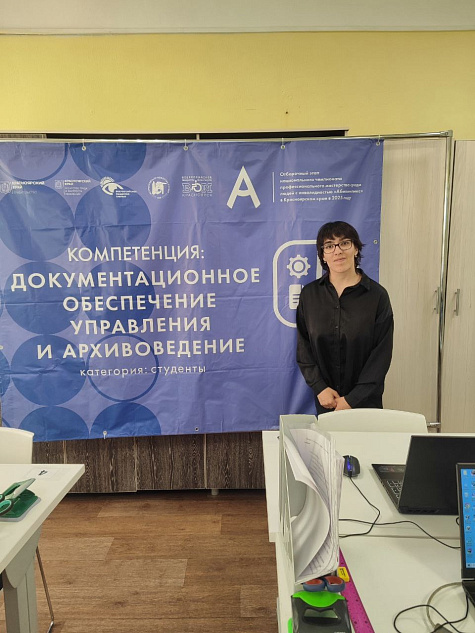
Образование. Профессия. Карьера.
Главное
Основные сведения
Структура и органы управления образовательной организацией
Документы
Образование
Образовательные стандарты и требования
Руководство
Педагогический состав
Материально-техническое обеспечение и оснащенность образовательного процесса
Стипендии и меры поддержки обучающихся
Платные образовательные услуги
Финансово-хозяйственная деятельность
Вакантные места для приема (перевода) обучающихся
Доступная среда
Международное сотрудничество
Организация питания в образовательной организации
Противодействие коррупции
Антитеррористическая защищённость
Охрана труда
Внутренняя система оценки качества образования
Антинаркотические мероприятия
Научно-методическая деятельность
























